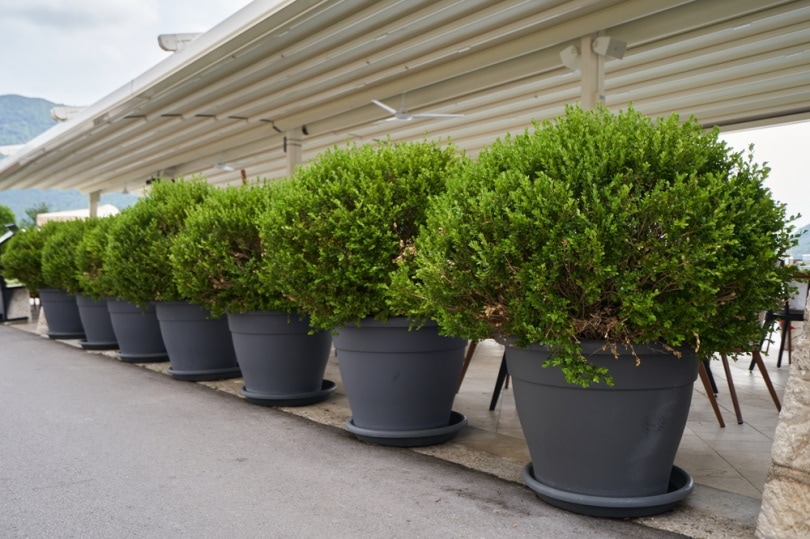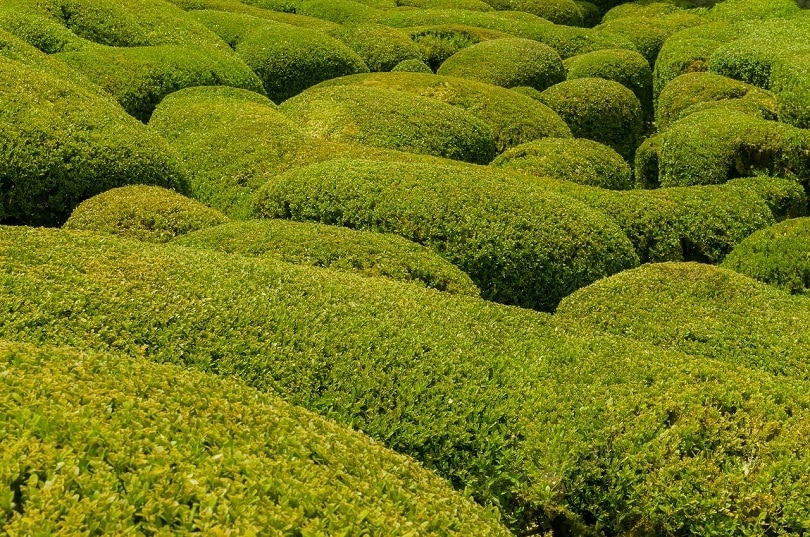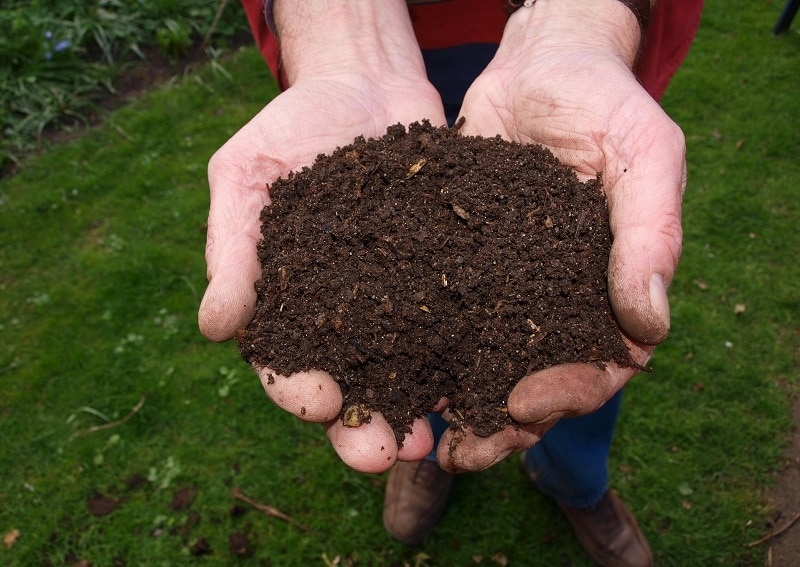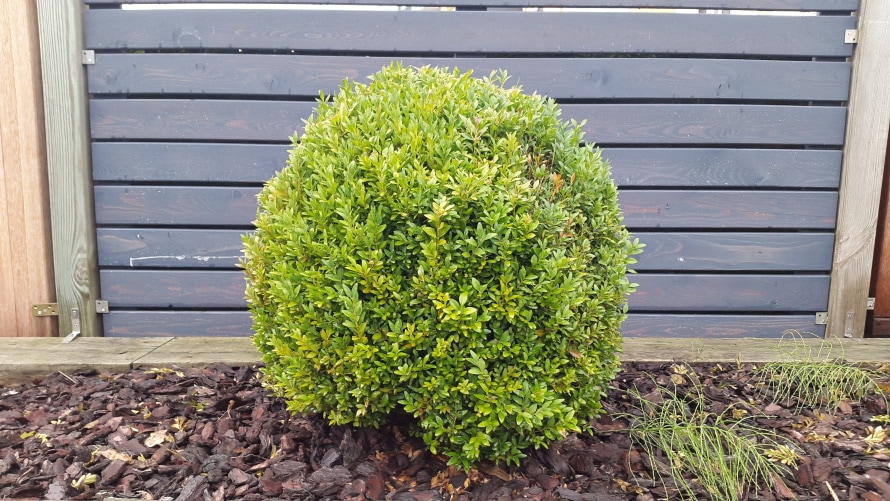Can Boxwood Grow in the Shade? Facts & FAQs
-
Pete Ortiz
- Last updated:

If you’re looking for Evergreen shrubs that can grow in the shade, boxwood plants may be for you. Boxwoods can grow in full sun, but they’re best suited for partial sun. Due to its decent shade tolerance, boxwood can even grow in high shade areas.
Just because boxwood can grow in shade does not automatically mean it’s the right plant for you. To learn more about boxwood, including its shade tolerance and considerations, keep reading. This article fully explains the needs and requirements of growing boxwood.
Can Boxwood Grow in the Shade?
Boxwood is considered a shade-tolerant plant. Offering shade for your boxwood helps protect it from becoming orange in winter and losing its green during the summer. Although boxwood can typically grow in full shade, it is most vibrant when it is provided at least partial shade.
If you expose your boxwood to too much sun, it often loses its green color, especially in the winter. Instead of being beautifully green, it will turn into an unsightly orange color, even though it is surviving. As a result, at least some shade is required for boxwood to grow beautifully.
That being said, most boxwood species need a little bit of sun. In other words, boxwood grows best in partial or dappled shade. With too much shade, the plant will not develop as fully as you would like it to be. Just a few hours of direct sunlight in the morning or afternoon is plenty for the boxwood to grow. The rest of the day it should be shaded.
If your garden does not see any direct light, you can still select boxwood, but you have to select the species carefully. Certain species, such as Green Mountain, can tolerate nearly full shade better than others.

About Boxwood: Description and Other Considerations
Boxwood is an evergreen shrub with dense foliage but a shallow root system. Because of these facts, it’s a great plant for gardens. It is even resilient and can be pruned extensively, meaning it is suitable for beginning gardeners as well. At the same time, boxwood is a favorite among formal gardeners because of its ability to be shaped and used for topiary purposes.
USDA Hardiness Zones
Boxwood is a very hardy plant that can tolerate growing zones 5–8, which cover most of the Continental United States. Although you should still double-check to ensure you live within these hardiness regions, most individuals in the United States will have a hardiness zone suitable for boxwood.
Soil
Boxwood is a bit picky about its soil type. It prefers sand or loam with highly acidic to neutral soil. It also requires good drainage. If your soil is compacted or gets waterlogged frequently, the shrub will die quickly.

Maintenance
Pruning boxwood is required to some degree. By thinning out the foliage, air circulation will be increased, as will light. This helps to protect the boxwood’s interior from disease. Especially if the Boxwood is planted in a shaded area, make sure to thin out the bush frequently to protect against diseases caused by dampness.
Growing Boxwood
If boxwood sounds right for you, it’s important to grow the plants properly from the beginning so it grows healthily. To begin, make sure that you have the right soil, temperature, and environment for the boxwood to grow.
From there, you will need the plant boxwood. Select a location that is best for the plant. Make sure to mulch around the shallow-rooted boxwood so that the roots stay cool and retain moisture. As a rule of thumb, there should be a two-to-three-inch layer of mulch around the base that extends 1 foot out from the foliage.
The boxwood should begin growing steadily if it was planted correctly. You will need to continue watering and mulching the boxwood, but do not overwater. The most difficult part of maintaining the boxwood is shearing or pruning it. Luckily, it can withstand heavy pruning. So, you can learn as you go.

Final Thoughts
If you have a shady garden, boxwood can still grow. It is best suited for partial or dappled light. As long as it gets a little bit of sun, the plant will grow out to be full, but it won’t have an off-putting orange color either.
In addition to thinking about the shade, make sure your boxwood matches the USDA hardiness zone of your area and soil type. If you decide that boxwood is right for your home, make sure to prune it properly to protect against moisture-related diseases.
Featured Image Credit: Dmitrii Pridannikov, Shutterstock
Contents



